In a groundbreaking move that’s set to reshape the automotive landscape, California is preparing to ban all gas-powered vehicles from traffic by 2035. This bold decision marks a major milestone in the state’s aggressive push towards a greener, more sustainable future.
Driving Change
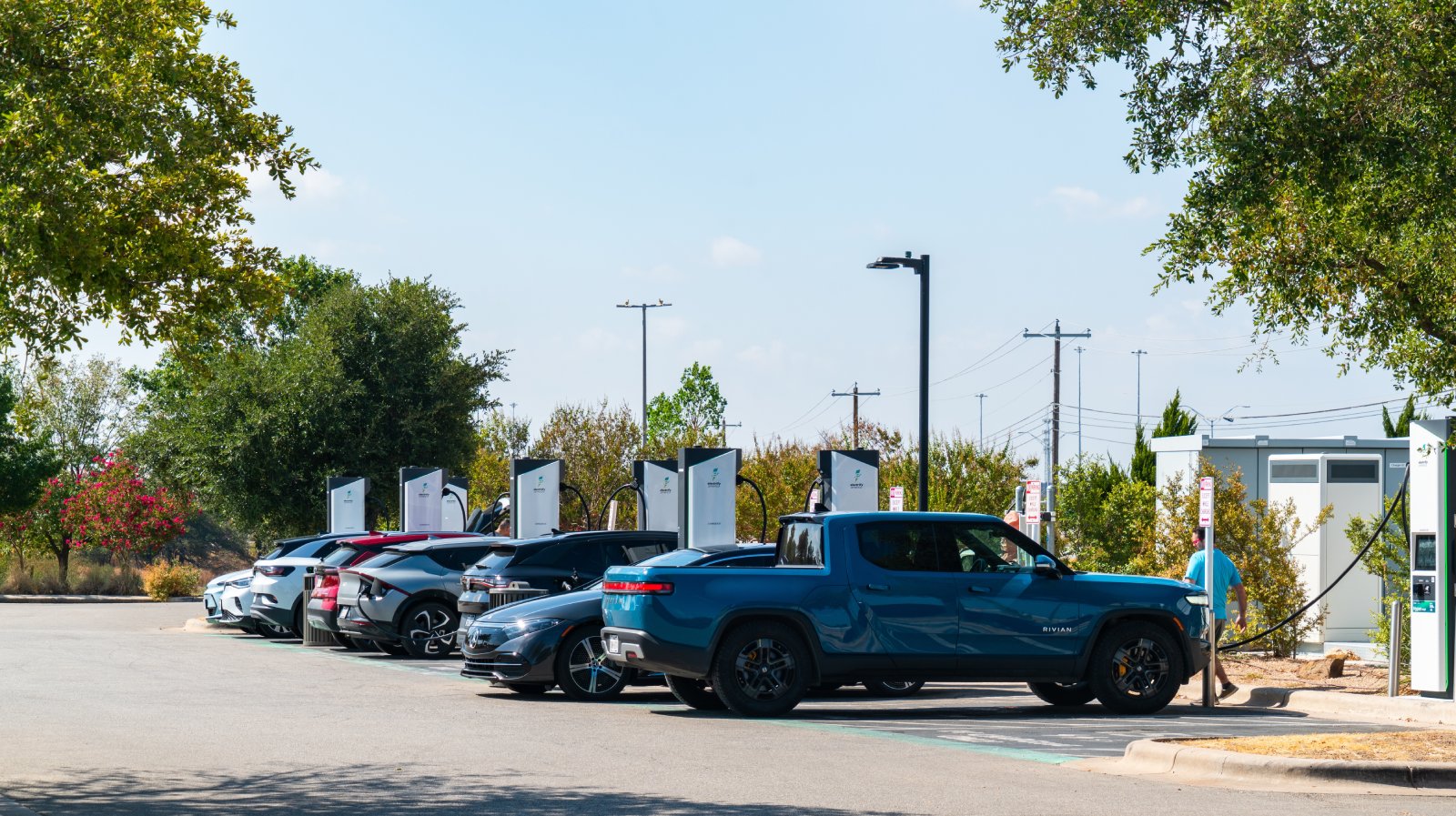
California has never shied away from leading the charge on environmental issues, and this latest move is no exception. By phasing out gas-powered vehicles, the state is taking a decisive step to combat climate change and reduce air pollution. The goal is clear: to transform California’s roads into a zero-emission zone, where electric vehicles (EVs) reign supreme.
The End of the Road for Gas Guzzlers

For decades, gas-powered cars have dominated California’s highways and city streets. But by 2035, they could be a thing of the past. The state’s new mandate will require all new vehicles sold to be zero-emission, effectively ending the sale of gas-powered cars, trucks, and SUVs.
A Race Against Time

The timeline is ambitious, but California officials are confident that the state can meet this goal. With over a decade to prepare, automakers, consumers, and infrastructure planners have time to make the necessary adjustments. But make no mistake—this is a race against time to ensure that the state’s transportation system is ready for the shift.
What’s at Stake?
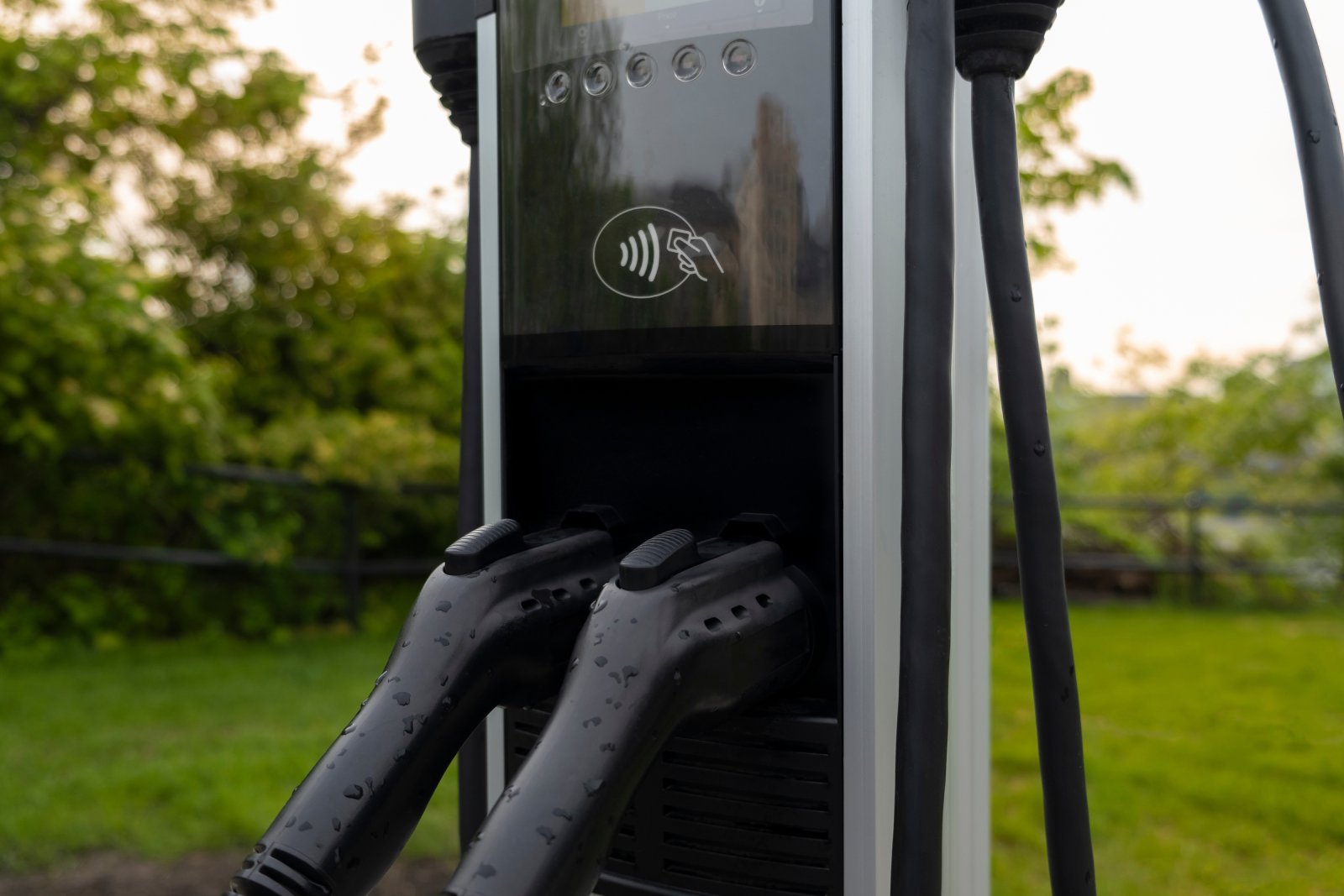
The implications of this ban are huge. California’s economy, long intertwined with the automotive industry, will need to adapt quickly. Car manufacturers will have to ramp up production of electric vehicles, and charging infrastructure will need to expand rapidly to meet the expected demand.
An Electrifying Future

California’s bet on an all-electric future is part of a broader strategy to reduce greenhouse gas emissions. Transportation is one of the largest contributors to the state’s carbon footprint, and this ban is designed to tackle that head-on. The state is aiming to lead by example, hoping other states and countries will follow suit.
The Impact on Consumers

For consumers, this shift means big changes. By 2035, buying a new gas-powered car in California will no longer be an option. Electric vehicles, once considered niche, will become the norm. This will require a significant mindset shift for many drivers who have grown accustomed to gas-powered vehicles.
Charging Ahead
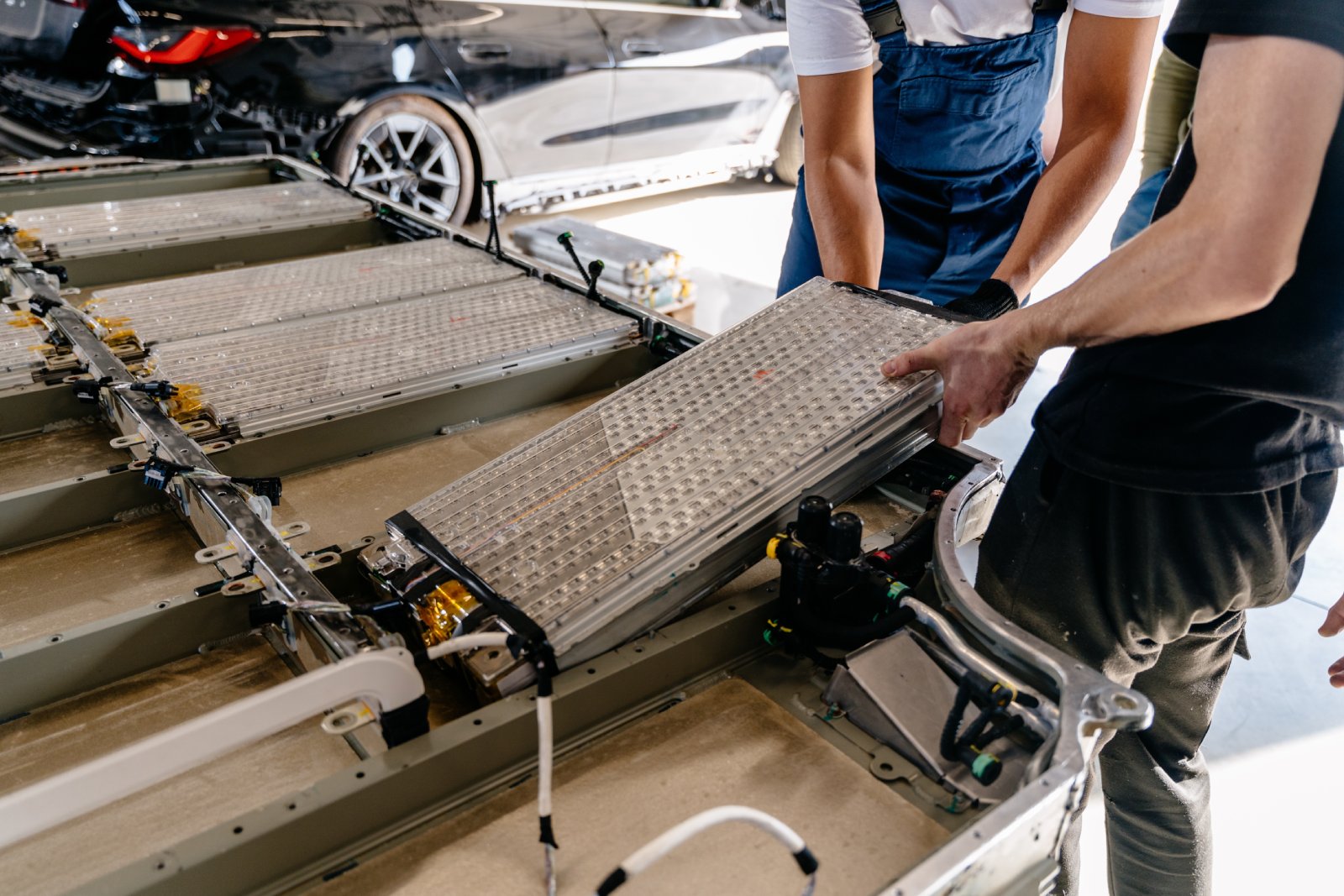
To support this transition, California will need to expand its electric vehicle charging network significantly. The state is already making strides in this area, but the pace will need to accelerate to keep up with the growing number of EVs on the road.
Industry Reactions
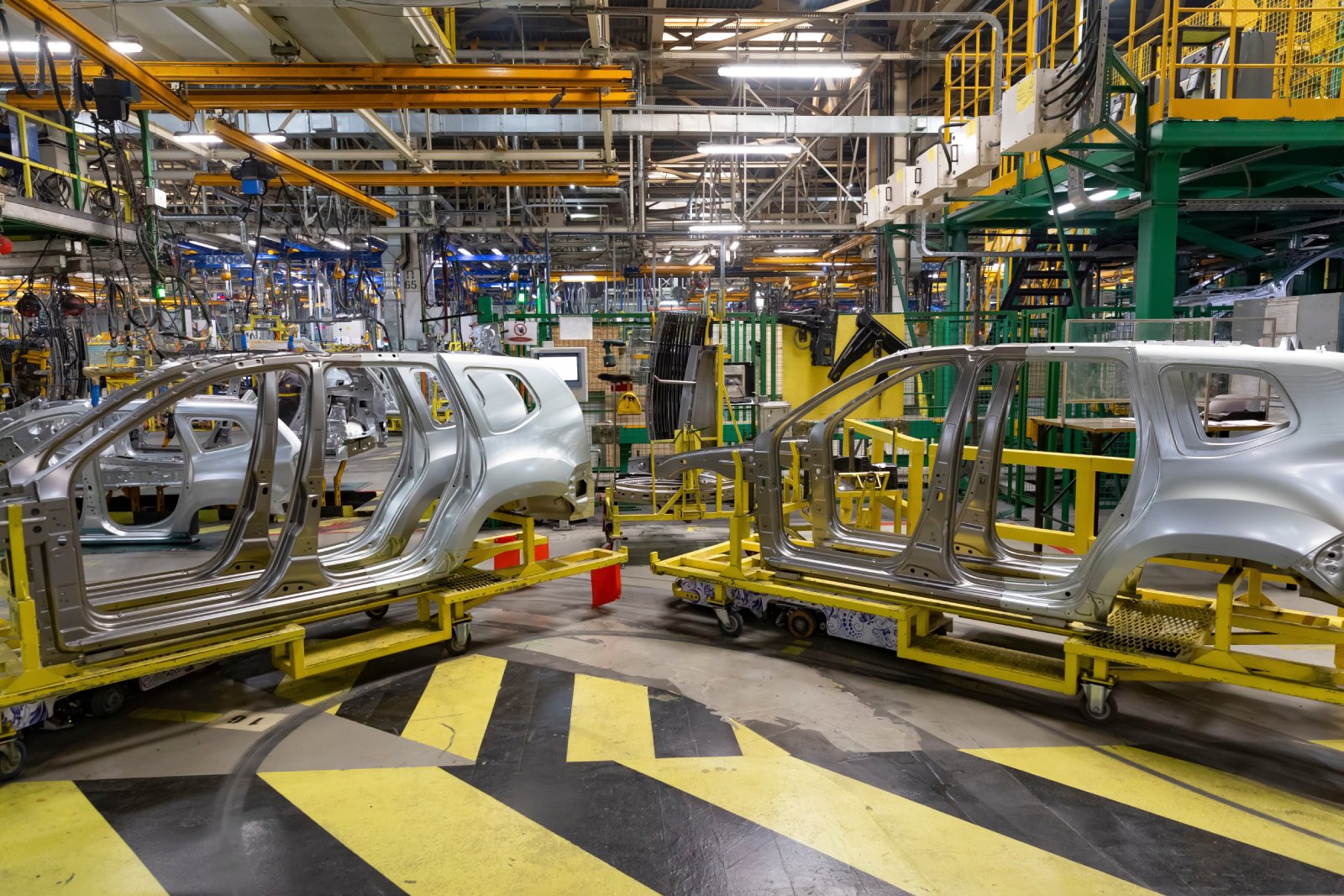
The automotive industry is watching closely. While some manufacturers have already committed to an electric future, others are scrambling to adjust their strategies. The pressure is on to innovate and adapt to California’s new reality—or risk being left behind.
Environmental Win or Economic Gamble?

Critics argue that the ban could have economic repercussions, potentially driving up costs for consumers and putting pressure on industries reliant on gas-powered vehicles. However, supporters believe that the long-term environmental benefits far outweigh the short-term challenges.
The Countdown Begins
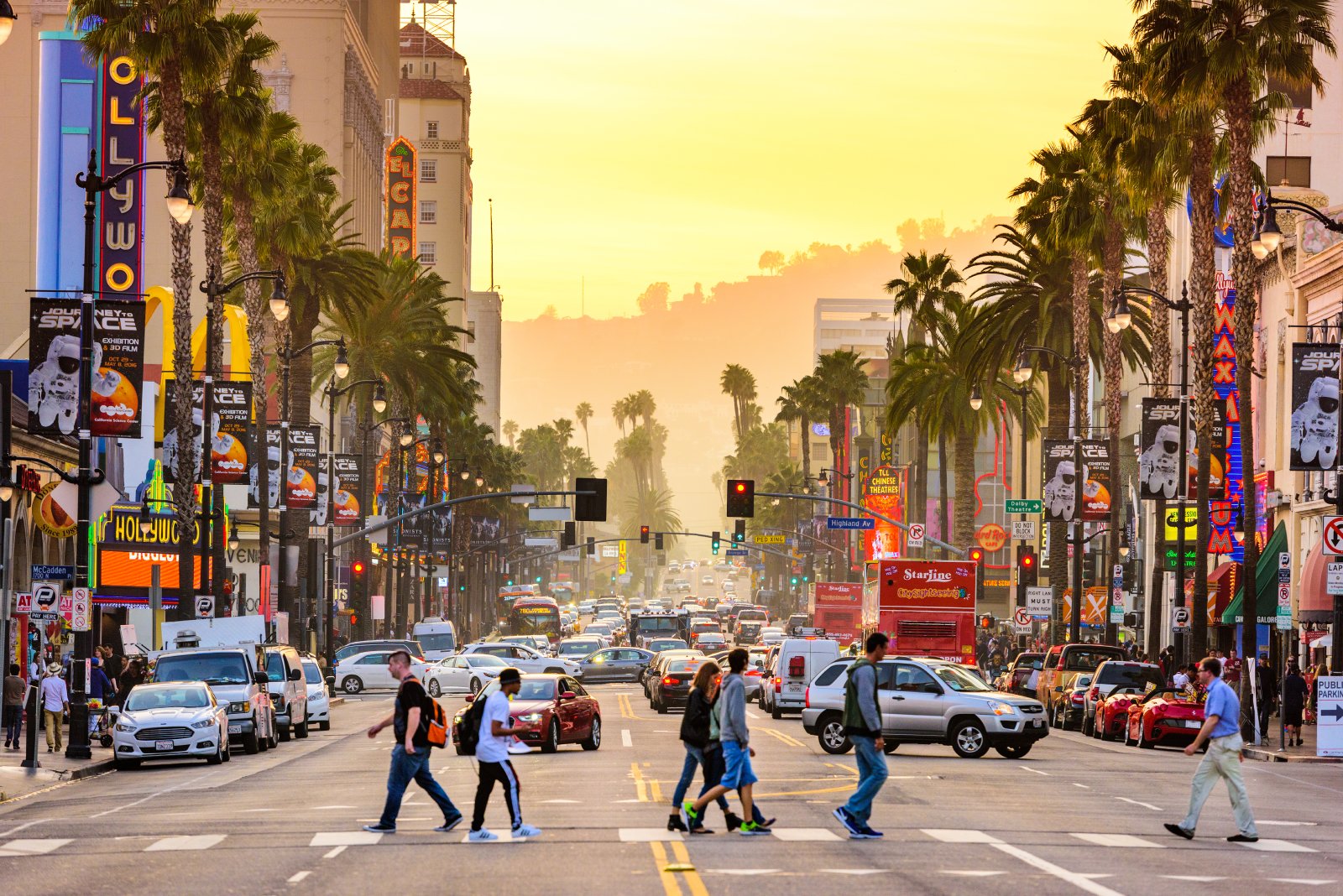
With the 2035 deadline set, the countdown has officially begun. California is blazing a trail, and the rest of the nation is watching. Will the state’s bold gamble pay off? Only time will tell, but one thing is certain—California is committed to driving change, and there’s no turning back.
A Model for the Nation?
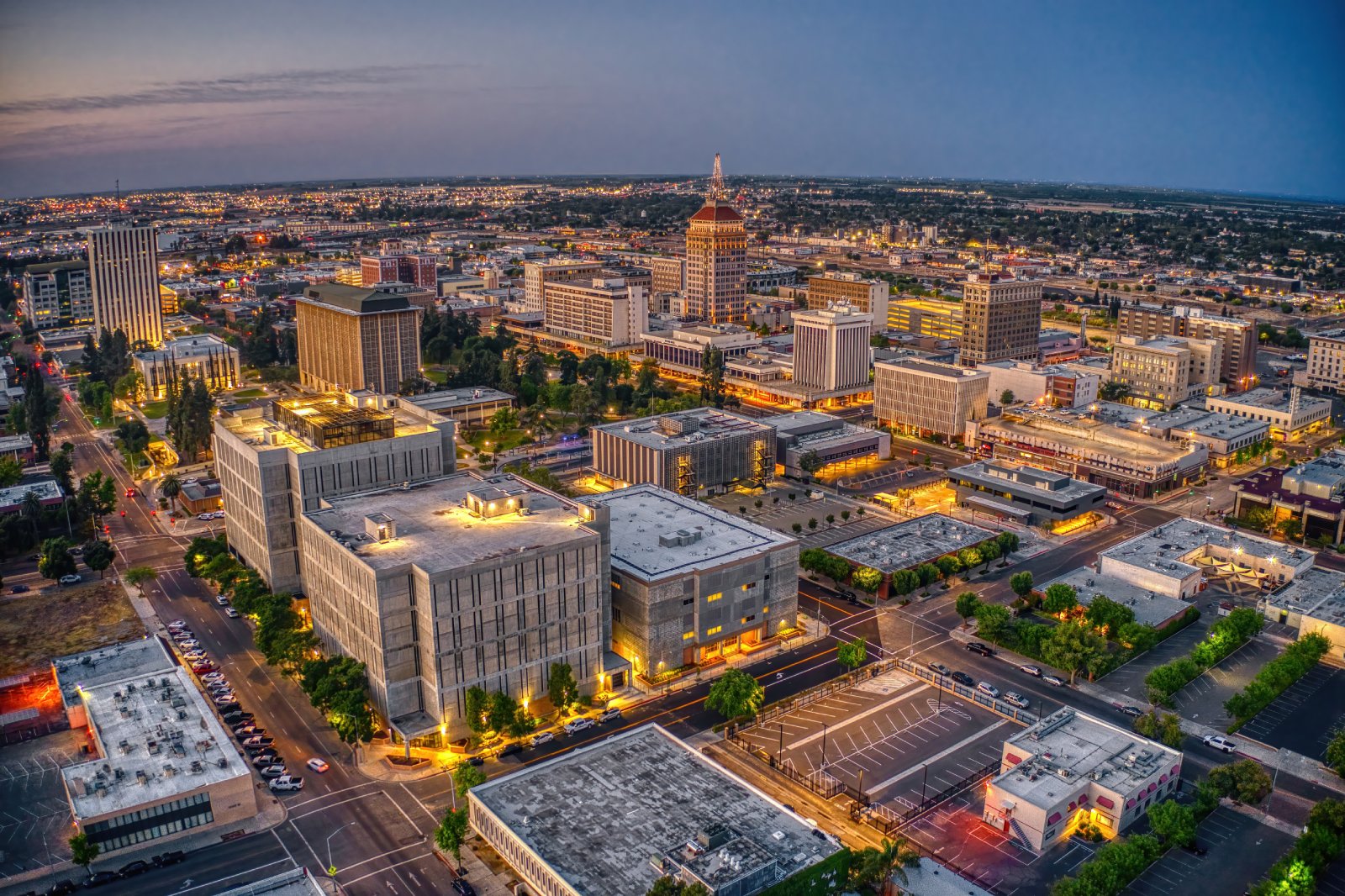
California’s move could set a precedent for other states to follow. As the largest auto market in the U.S., what happens in California often influences the rest of the country. If the state’s plan is successful, it could pave the way for a nationwide shift towards zero-emission vehicles.
Challenges on the Horizon

The road to 2035 won’t be without bumps. From scaling up EV production to ensuring equitable access to charging stations, there are numerous challenges ahead. But California’s leaders are confident that with determination and innovation, these obstacles can be overcome.
Millennials Are Over It: 25 Reasons Woke Culture Is Losing Its Charm

Has the push for progress tipped too far into preachiness? Here’s why many Millennials might think so. Millennials Are Over It: 25 Reasons Woke Culture Is Losing Its Charm
Is It Time Boomers Paid the Price for America’s Economic Inequality?

The American Dream feels more elusive than ever, especially for younger generations. What was once achievable through hard work now faces significant hurdles, from skyrocketing college costs to the challenging pursuit of homeownership. Here’s a look at why it’s tougher for Millennials and Gen Z compared to Baby Boomers. Is It Time Boomers Paid the Price for America’s Economic Inequality?
Rent Crash in California: Landlords Scramble as Prices Take a Hit

California’s rental market is taking a nosedive, with major cities seeing huge drops in rent prices. Rent Crash in California: Landlords Scramble as Prices Take a Hit
Featured Image Credit: Shutterstock / Tada Images.
The content of this article is for informational purposes only and does not constitute or replace professional advice.
The images used are for illustrative purposes only and may not represent the actual people or places mentioned in the article.
For transparency, this content was partly developed with AI assistance and carefully curated by an experienced editor to be informative and ensure accuracy.



